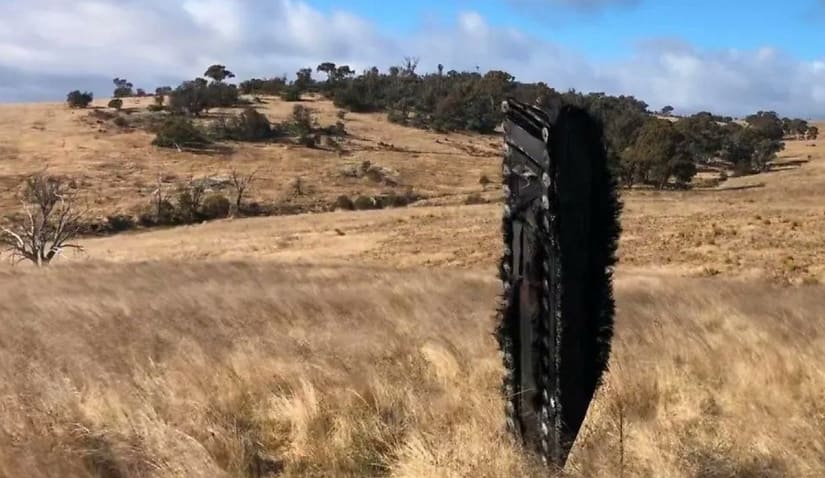In the aftermath of space debris crashing into rural NSW, insurers may need to check the fine print of their policies in the potential of a repeating event.

Image credit: Brad Tucker
The remains, confirmed to be from a SpaceX Dragon capsule, were found in the NSW Snowy Mountains. The prospect of a future crash damaging someone’s property leaves many questions for insurers and home owners alike.
Mr Lisk noted that many insurance policies cover loss or damage of homes from a range of events, including space debris. He went on to say that this is usually skipped over when taking out home insurance.
“In Australia, if a bit of space junk lands in your house, you’ve got Australian domestic law that specifically deals with the issue of space junk and who you can sue.
“Most of the time, your home insurance actually has a clause in it that says destruction by aircraft in flight and space objects,” he said.
“You just skim through your insurance, if you look at it at all, you tick the box and move on. But there’s actually references to what happens if a satellite lands on your house.”
In spite of how straightforward making a claim may seem, he explained that there are many more “layers” within space law in considering who is liable for the damage or loss of home or contents.
“In space, there’s different objects not necessarily coordinating with each other all the time, so you have the risk of collision, which is mostly governed by international treaties between different countries.
“You also have the permitting obligations and licenses, and the authorisations that the different operators in space have. So, companies have conditions about how far they need to keep away from other space objects,” he said.
Mr Lisk explained that the lack of claims that have been made on home and contents damage or loss due to space objects have made the area difficult to navigate. The number of incidents is few and far between.
“We haven’t really had any genuine claims for damage by space debris.
“It comes down to the pragmatic side of it as much as the legal side of it. So, chances are your insurer will look at ... they’ll stand in front of your house and go, ‘Just have the money. It’s just going to be way too hard for us to deal with this’. It’s just a regulatory nightmare,” he said.
“There’s a technical legal answer, which is essentially; who caused damage, how did that damage get caused, and then working out from there who the best person as a lawyer would be to sue, where they are and what the barriers are.
“Space objects that cause damage to someone are the responsibility of the country that authorised them … under the liability convention, Australia would have to bring a claim against the US for the cost of your garage.”
Mr Lisk admits that he is uncertain of how “realistic” this process would be in practice. He said: “This is the question we start to think about now. If we have day-to-day damage, if someone’s shed gets destroyed in a regional area, or a telephone tower is hit with a small bit of space junk rendering it inoperable, what’s the actual consequence? Does the cost of enforcing all of a sudden go well and truly beyond the costs that you would’ve gotten back caused by the damage in the first place?
“In the case of the damage of the debris that fell in New South Wales a few weeks ago, if that was to have landed on a house and you’re going to start advising on it, you need to look at Australian law first, which exists. A lot of lawyers don’t know it does.”